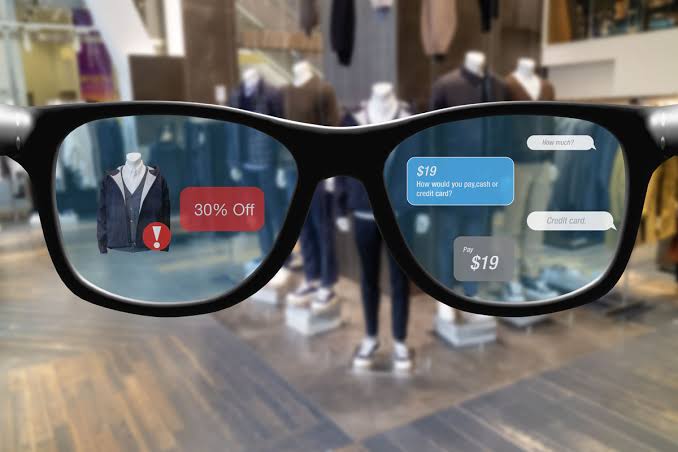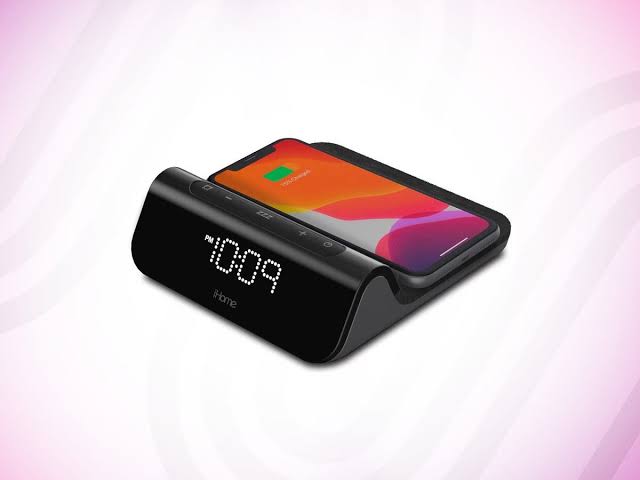Smart glasses have taken major strides in 2025, becoming one of the most transformative tools in the augmented reality (AR) landscape. As technology matures and hardware becomes sleeker, lighter, and more powerful, smart glasses are shifting from experimental novelties to practical, everyday devices that extend digital interactivity into the physical world. Their impact on the AR experience is reshaping industries such as gaming, healthcare, education, retail, and manufacturing—offering users an immersive and hands-free way to access data, collaborate, and engage with their surroundings.
Rather than relying on screens, smart glasses blend digital elements seamlessly into the real world. This hands-free fusion of information and reality makes the AR experience more natural, intuitive, and immersive than ever before.
Hands-Free Convenience and Natural Interaction
One of the key advantages of smart glasses in the AR ecosystem is their hands-free interface. Unlike smartphones or tablets that require users to hold and manipulate a screen, smart glasses allow for interaction through voice commands, eye movement, head tracking, or simple gestures.
This ease of access enhances the AR experience by:
- Keeping the user’s hands free for work, tasks, or play
- Creating smoother and more immersive interaction with virtual objects
- Making AR experiences feel less like a device and more like a part of daily life
For professionals in fields like surgery, field service, or design, this hands-free model improves productivity and safety while providing real-time support or guidance.
Enhanced Field of View and Depth Perception
In 2025, many smart glasses now come with wide field-of-view lenses, depth-sensing cameras, and spatial mapping capabilities, giving users a more realistic and three-dimensional view of AR content. This allows virtual objects to be anchored convincingly in physical environments, making them appear as if they’re truly present.
Users can walk around digital objects, see them from different angles, and even interact with them in real space. This level of realism vastly improves AR applications in areas like:
- Product prototyping
- 3D design visualization
- AR training simulations
- Interactive education tools
When AR content appears grounded in reality, the line between physical and virtual begins to dissolve, creating more believable and useful experiences.
Context-Aware and Location-Based Content
Smart glasses improve AR by making it more context-aware. With GPS, motion tracking, and environment recognition sensors built into the device, these glasses can deliver content based on where the user is, what they’re doing, and what they’re looking at.
Examples include:
- Receiving navigation overlays while walking or cycling through a city
- Accessing real-time information about landmarks, objects, or people
- Overlaying maintenance instructions while looking at machinery
- Displaying a student’s name and background info during in-person classes or meetings
These location-sensitive interactions make AR more relevant, responsive, and useful in both everyday life and specialized environments.
Real-Time Collaboration and Remote Assistance
Smart glasses with built-in cameras and connectivity allow for live streaming of a user’s point of view to remote experts or collaborators. This makes remote assistance more effective, as experts can see exactly what the user sees and guide them with visual instructions or annotations.
In industries like telemedicine, manufacturing, and logistics, this translates to:
- Real-time guidance during surgeries or complex technical procedures
- Remote troubleshooting and inspection
- On-the-job training without the need for physical presence
AR smart glasses turn collaborative work into an interactive experience that’s more visual and efficient than traditional communication methods.
Personalized and Adaptive AR Interfaces
Modern smart glasses are powered by AI systems that can adapt the AR interface based on user behavior and preferences. The glasses learn how users interact with content, which tasks they perform most, and even where they typically look—adjusting interfaces accordingly for greater ease of use.
This personalization enhances the AR experience by:
- Minimizing distractions and irrelevant overlays
- Highlighting what matters most to the user in real time
- Offering voice or gesture shortcuts tailored to user habits
Such adaptive systems make AR experiences more human-centered and accessible, especially for users with different learning styles or physical abilities.
Lightweight and Stylish Designs
The aesthetic evolution of smart glasses is also improving adoption and usability. Gone are the days of bulky headsets and awkward visors—many of the smart glasses in 2025 look nearly identical to regular eyewear, thanks to miniaturized processors, micro-projectors, and waveguide optics.
These design improvements contribute to the AR experience by:
- Encouraging more consistent, long-term use in public or work settings
- Reducing physical fatigue during extended wear
- Making AR more socially acceptable and integrated into daily life
For consumers, comfort and style are essential. When smart glasses feel like normal accessories, they’re more likely to be used regularly and seamlessly.
Integration with AI Assistants and IoT Devices
Smart glasses are not standalone devices—they are becoming central nodes in the Internet of Things (IoT) and AI ecosystems. This integration means AR content can dynamically respond to smart home devices, connected vehicles, or workplace sensors.
For instance:
- Glasses can alert users to temperature changes or air quality data from IoT sensors
- They can integrate with AI assistants to schedule reminders or control devices hands-free
- They can display information from smart cameras or machinery for quality control or logistics
These integrations turn smart glasses into a multi-functional tool that bridges digital and physical systems through AR.
Education, Retail, and Entertainment Revolution
In education, AR through smart glasses supports interactive, spatial learning experiences, such as exploring anatomy in 3D or walking through historical sites virtually. For retail, smart glasses offer features like:
- Virtual try-ons
- In-store navigation
- Personalized shopping suggestions
In entertainment and gaming, immersive AR layers storytelling, gameplay, and interaction over the real world, creating mixed reality experiences that rival VR in engagement—without isolating the user from their environment.
Conclusion
Smart glasses are redefining what’s possible with augmented reality, making it more immersive, responsive, and practical than ever. From hands-free control and spatial accuracy to AI integration and real-time collaboration, the evolution of smart glasses is enhancing every aspect of AR.
In 2025, we are entering a phase where AR through smart glasses is no longer just a tech novelty, but a practical extension of how we learn, work, shop, and play. As the technology continues to mature, expect smart glasses to become a core interface of our digital future—where reality and information blend effortlessly before our eyes.




Smart watch is the best